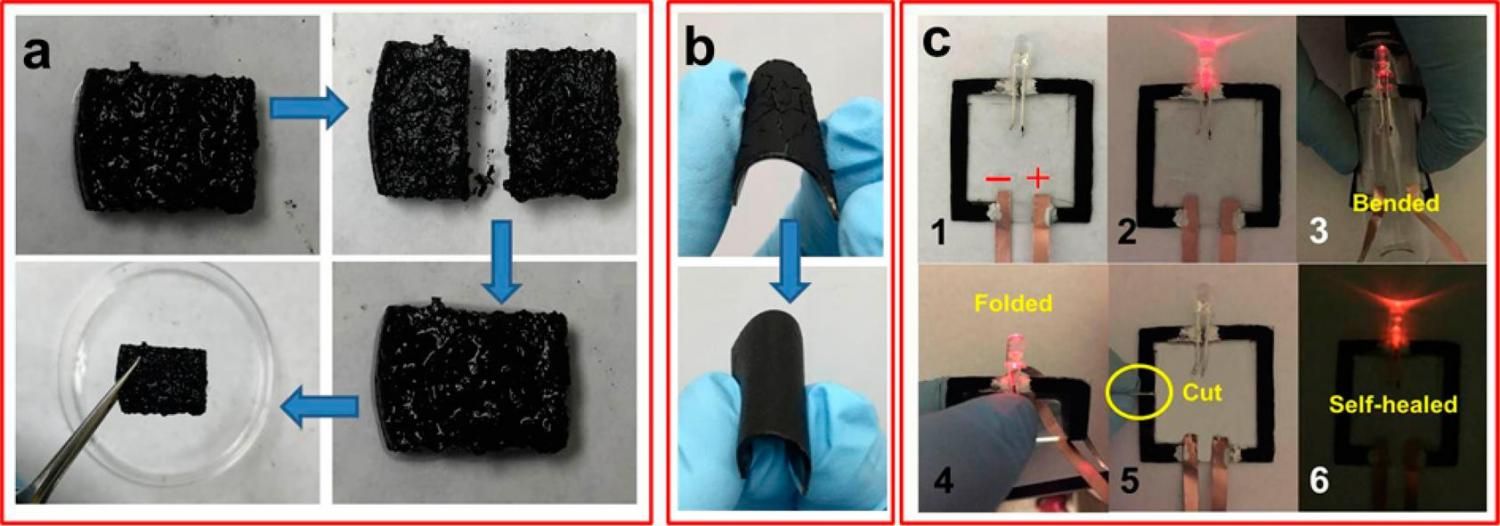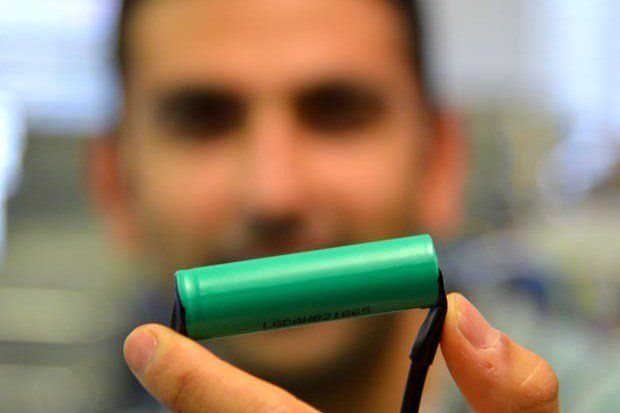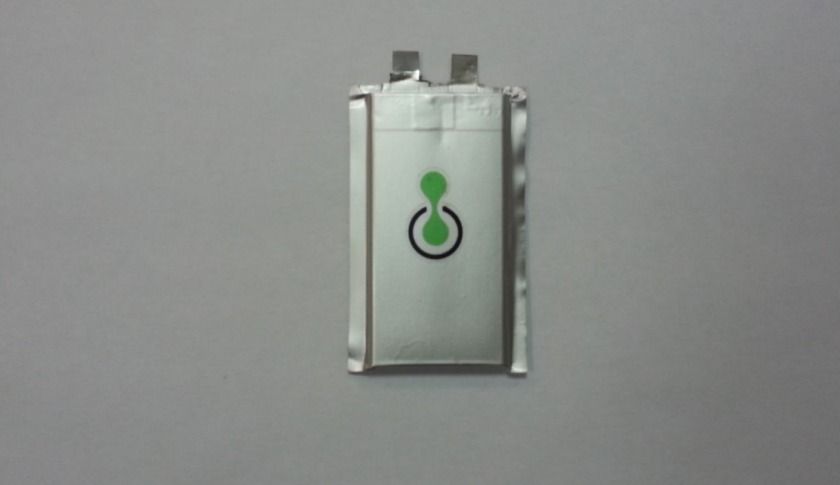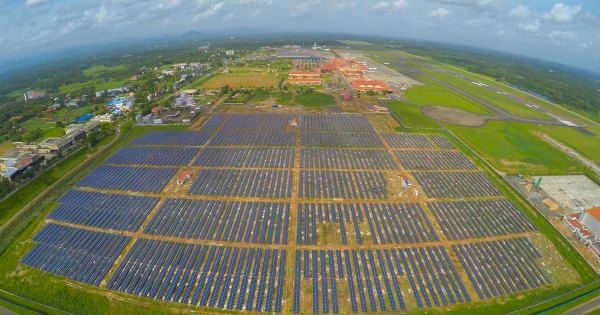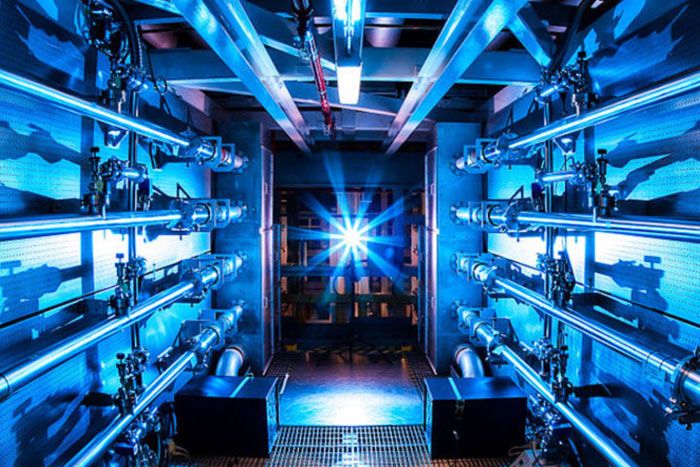Sep 2, 2015
20 kilometer high space elevator tower planned
Posted by Sean Brazell in categories: energy, space
By Jim and Drury Ambitious plans to build a twenty kilometer (12.4 miles) tall space elevator tower have been announced by a Canadian space technology firm. Although this distance is a mere fraction of that reached in space missions, Thoth Technology says its ThothX Tower will make a major cost reduction in space flights by helping navigate the difficult first 50 kilometers (31 miles) of travel that traditionally requires rockets. In addition to needing to carry sufficient fuel to get a payload into orbit, they need extra fuel in order to carry the required fuel to reach that point in the first place. Despite first being proposed more than a century ago, the idea of a space elevator has always appeared fanciful. Thoth Technology has been granted a United States (US) patent for the elevator, which is pneumatically pressurized and actively-guided over its base.




